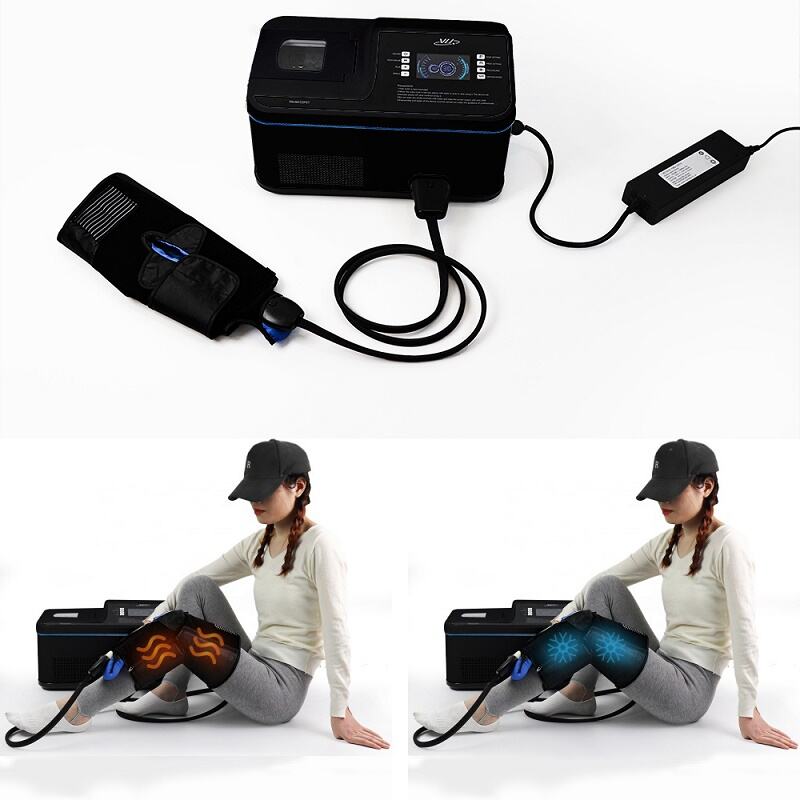Unit 301 No. 6 Xianghong Road,Torch Hi-Tech Zone Industrial Park,Xiang'an District, Xiamen P.R.China +86-592-5233987 [email protected]
Elite athletes are ditching bags of frozen peas for a new recovery tool promising accelerated healing and pain relief. The hot and cold compression therapy machine, already a staple in NBA training rooms and Olympic medical kits, is now reshaping how both professionals and weekend warriors manage injuries. By combining dynamic temperature control with pneumatic compression, this device delivers targeted relief in fractions of the time required for conventional methods.

Traditional icing requires 20-30 minute sessions multiple times daily to reduce swelling—a cumbersome routine for athletes juggling training and recovery. In contrast, advanced iceless therapy machine technology uses semiconductor cooling plates to maintain precise temperatures (-5°C to 45°C) without melting ice or refrigeration units. A 15-minute session on this system matches the anti-inflammatory effects of 3 hours of conventional icing, clinical studies show. The Cryptherapy Recovery System, a leading model from Xiamen Weiyou Intelligent Technology Co., LTD even incorporates AI algorithms to auto-adjust cycles based on tissue response, preventing frostbite risks associated with prolonged cold exposure.
What truly elevates these machines is their dual-action design. After cold therapy constricts blood vessels to minimize swelling, the device switches to heat mode to dilate vessels and flush out metabolic waste—a process clinicians call “contrast recovery.” When paired with sequential compression that mimics manual lymphatic drainage, users experience 40% greater range of motion recovery in shoulder and knee injuries compared to static cold packs. NBA teams report 67% fewer cortisone injections among players using the system for jumpers’ knee, a chronic overuse injury.
The body pain relief revolution extends beyond sports. Physical therapy clinics now deploy these devices for post-operative knee replacements, while rheumatoid arthritis patients use Home units to self-manage flares. A 65-year-old patient with frozen shoulder reduced her VAS pain score from 7/10 to 3/10 after 8 weeks of daily 20-minute sessions—all without NSAIDs. “The pressurized cold penetrates deeper than any gel pack,” she notes, “and the heat phase feels like a massage therapist working out knots.”
From Wimbledon’s physiotherapy rooms to suburban rehabilitation centers, the fusion of cryotherapy and thermotherapy is rewriting recovery timelines. As athletes and patients vote with their limbs, one thing is clear: the future of body pain relief lies not in pharmacies, but in precisely engineered machines that outperform nature’s coldest temperatures.